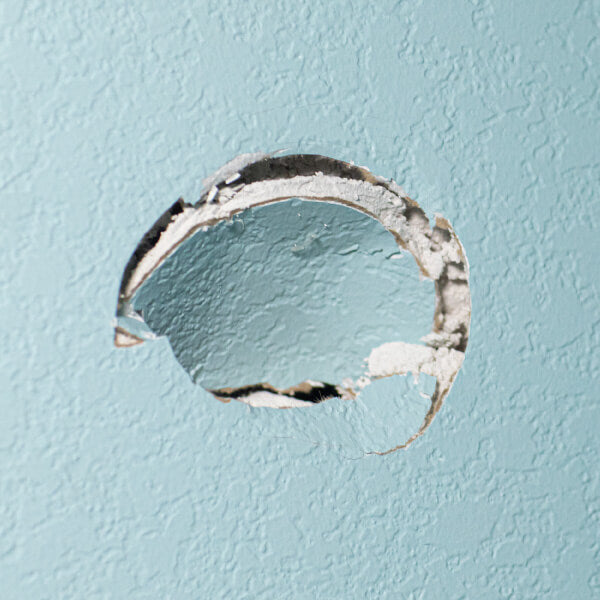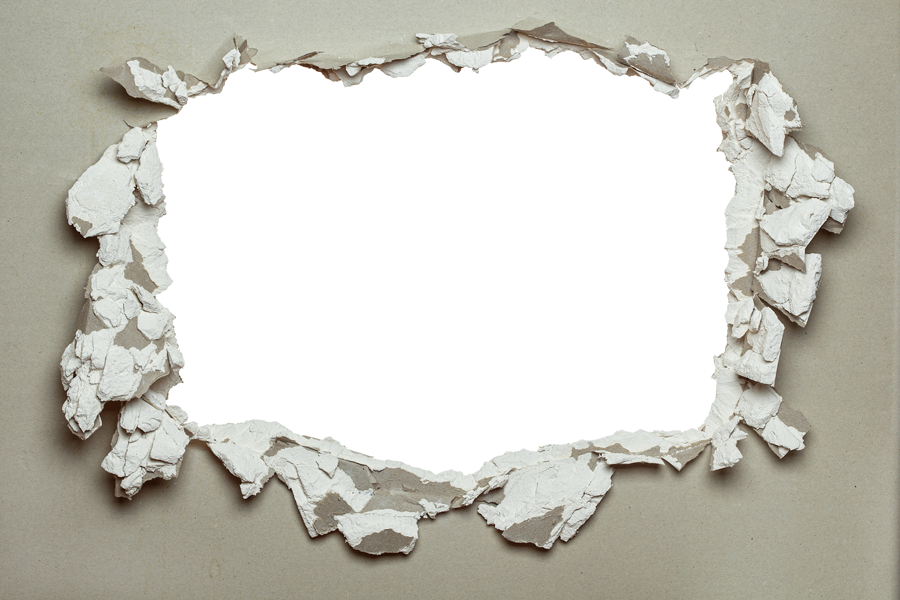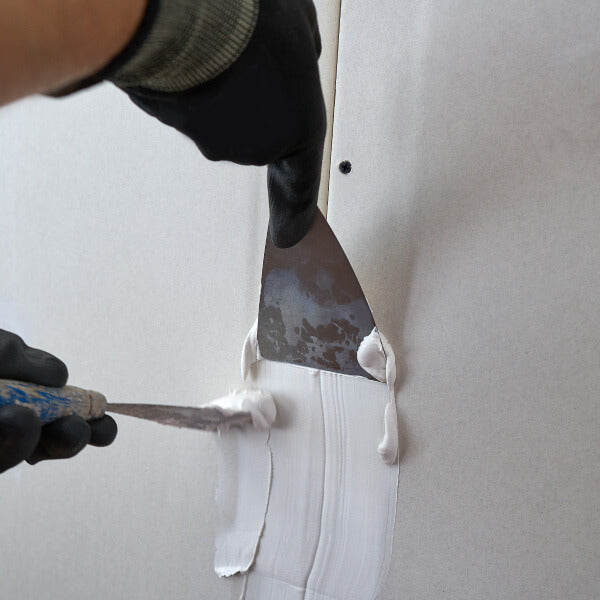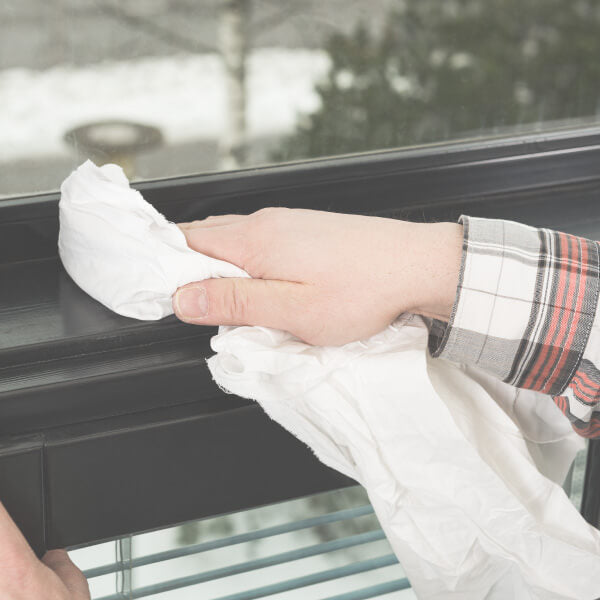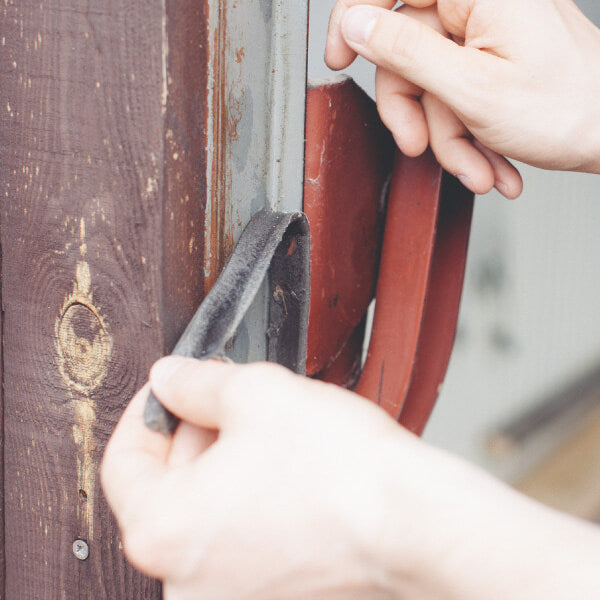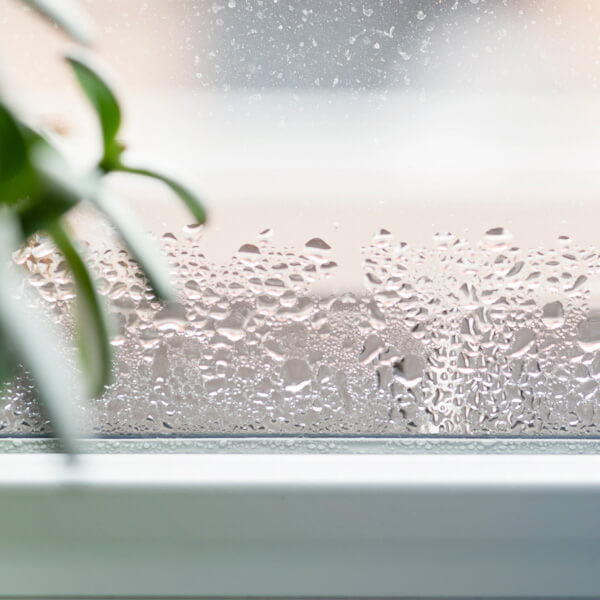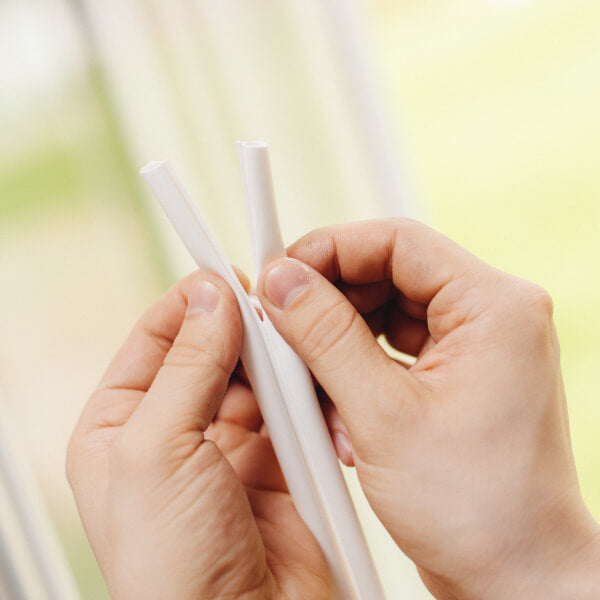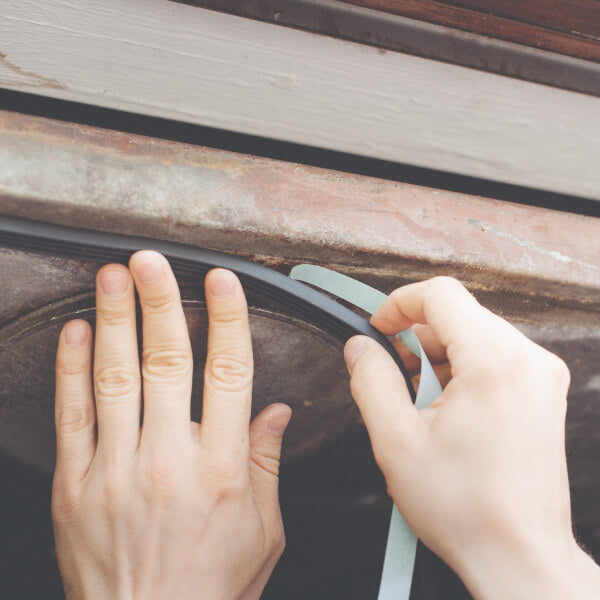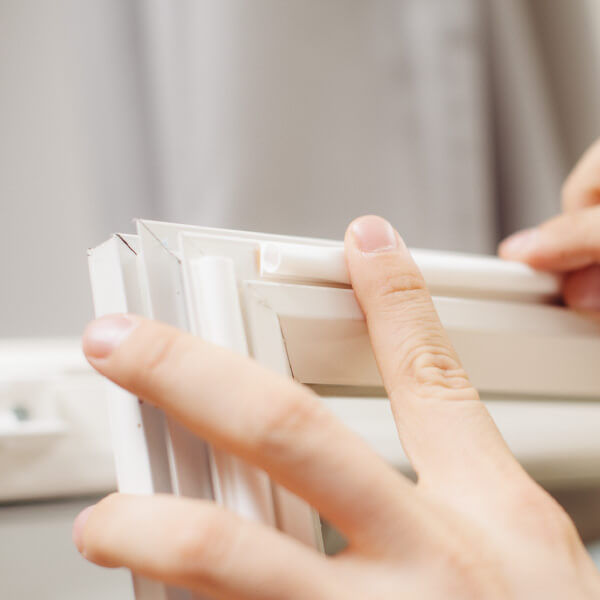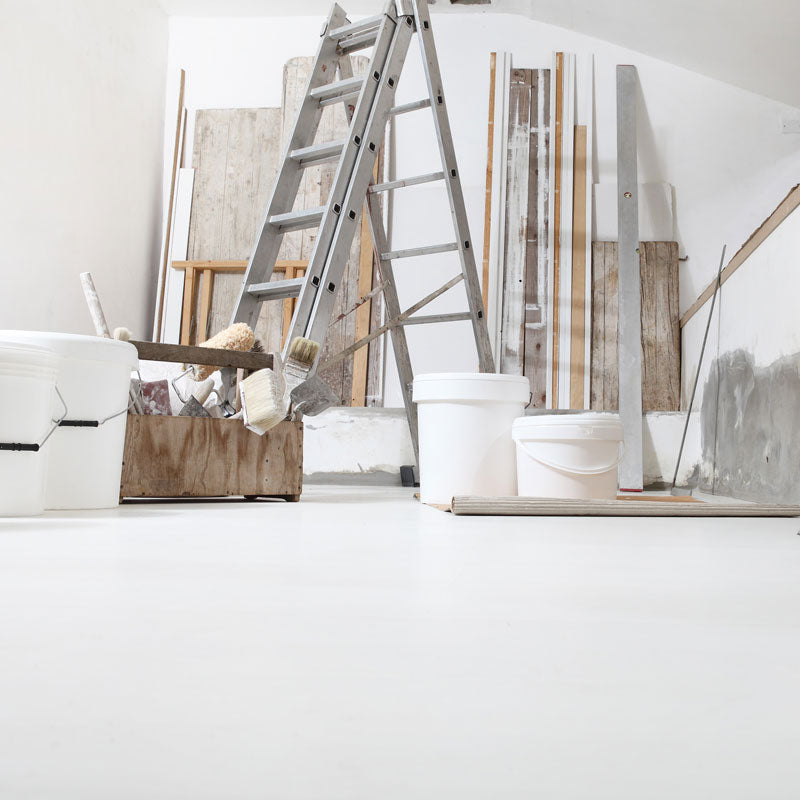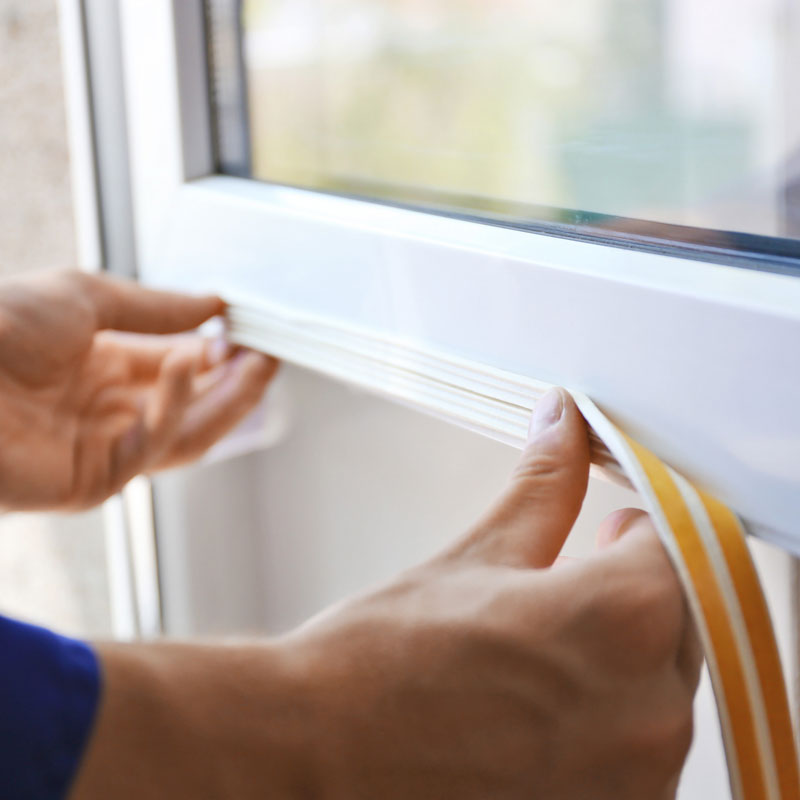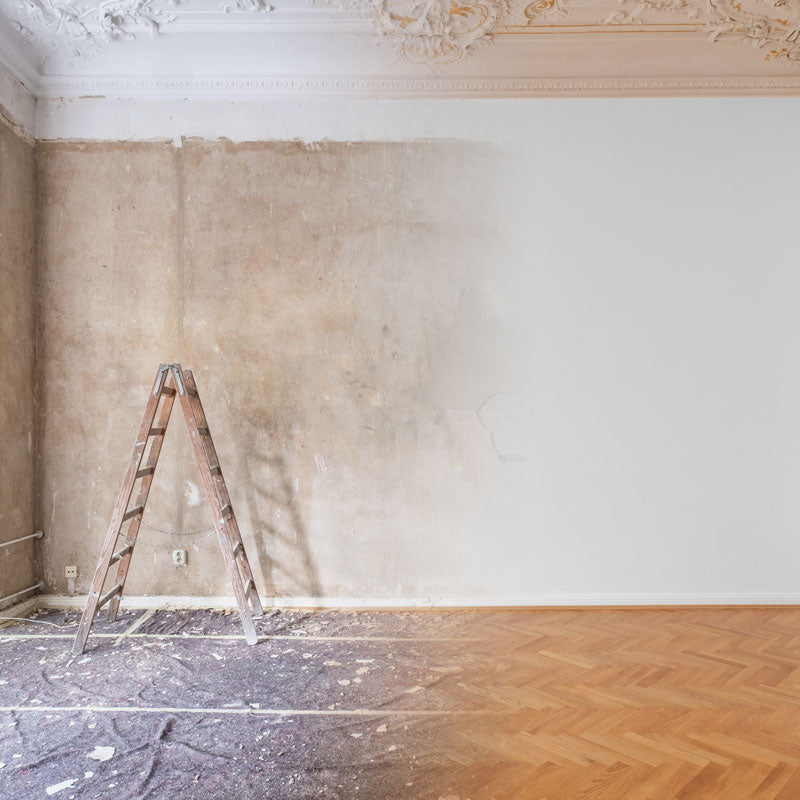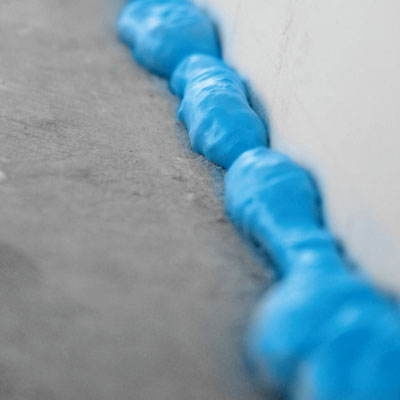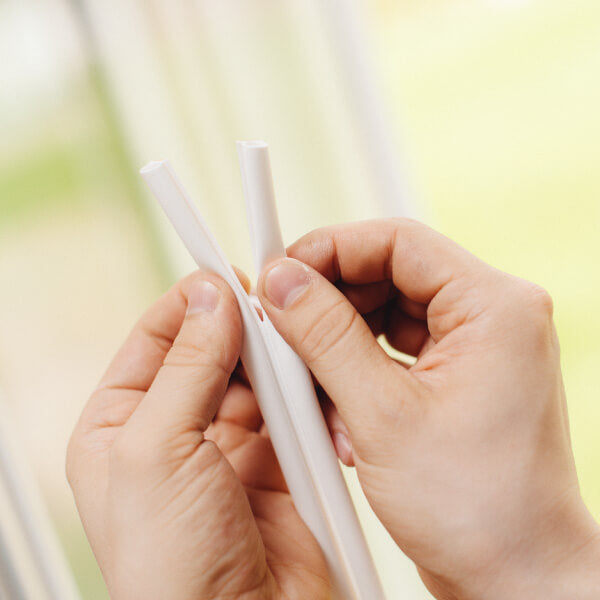
A window seal is an insulating layer between two surfaces. Correct weatherproofing can increase living comfort by preventing the feeling of draught. When a room is correctly weatherproofed its temperature can be lowered to +20°C/+21°C degrees celsius without affecting living comfort. Correct weatherproofing also enables proper ventilation, prevents noise, damp and dirty outside air from getting in, reduces the need for window maintenance and saves energy considerably, even up to 5-20%.
Correct weatherproofing increases living comfort and saves energy, even up to 5-20%.
Depending on the quality of the product, you may have to replace your window seals even tens of times during the window's life cycle. When you replace your window seals you should check the durability of the particular product - there are differences both in materials and quality. You should check the condition of your weatherstrips annually or at least once every five years. The easy time to do this is e.g. when you wash your windows.
Correct weatherproofing saves energy and thus reduces carbon dioxide emissions.
The importance of weatherproofing has also been noted in the European Parliament. In May 2010 they passed a new directive concerning the energy efficiency of buildings. According to this directive, builders and renovators must improve the energy efficiency of buildings. For example, the facilities must present an energy certificate when selling and renting. This directive will, with time, also include old detached houses.


